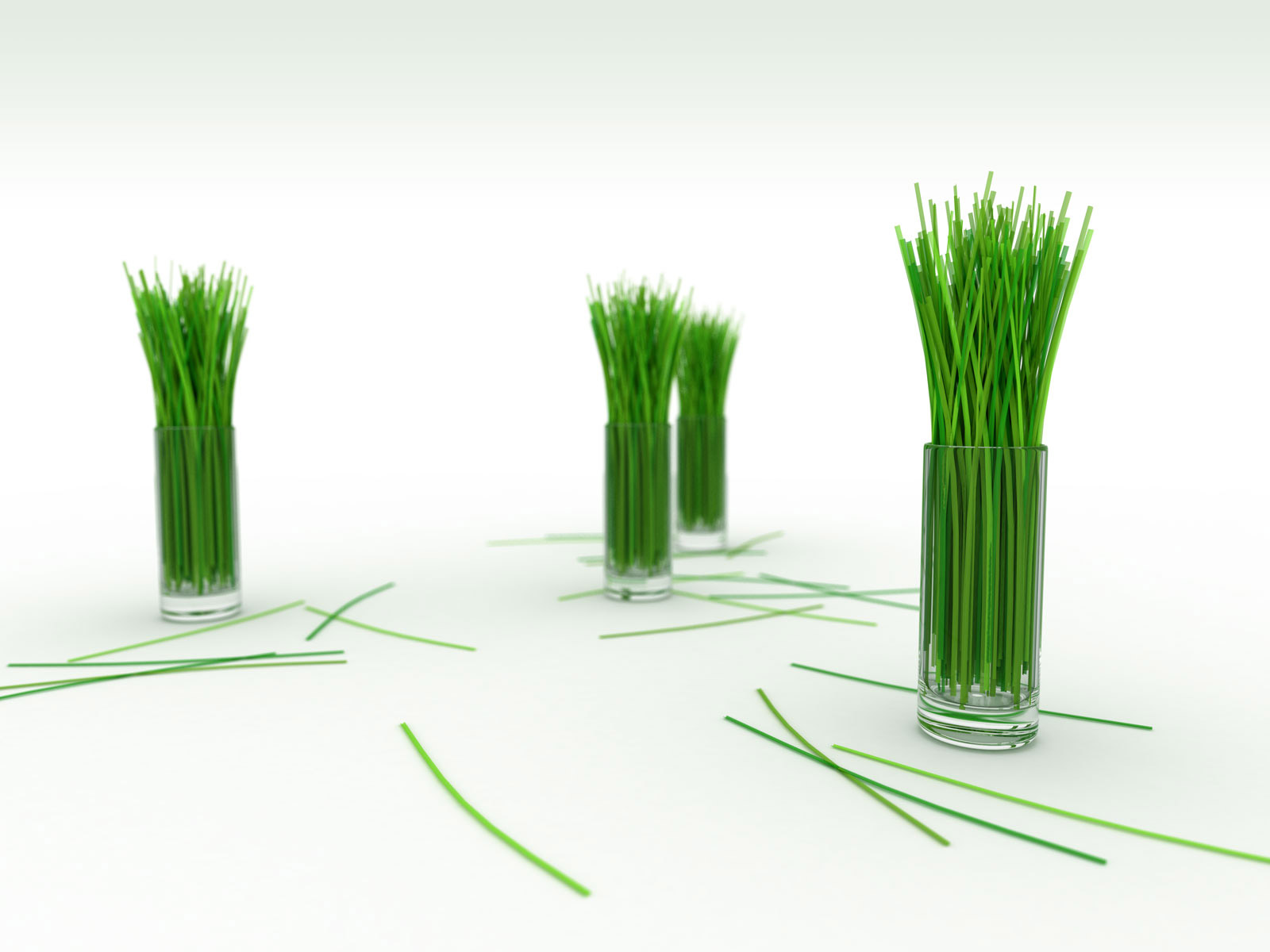Hollandaise is basically an emulsified butter sauce. It is one of the five sauces of french haute cuisine mother sauce repertoire. The sauce is one the great transformations of butter. Its appearance is light yellow and opaque, smooth and creamy while the taste is rich and buttery. It has a mild tangy acidic taste, a result of added vinegar (or lemon juice substitute) but not too strong to overpower the flavoured dish it accompanies. The sauce is serve warm but not hot and is excellent with beef, poultry, vegetables and fish. Two phases follow: cooking egg yolks and emulsifying the butter. It’s easiest to cook the eggs over simmering water. If you use direct heat, the eggs might be overcook which will results in lumps instead of smooth and silky sauce. After the eggs are airy and hot, you remove the pan from the heat and whisk in melted butter. Some cooks use whole butter and keep the sauce over heat, but I think you have more control using melted butter.
Creating an emulsified sauce using fat(oil/butter) and liquid(water/vinegar/egg) takes time and practise (i personally broke my sauce in the first two attempts) but that shouldn’t hinder anyone to try it. You’ll be rewarded with a wonderful sauce for your patience and once you get it right, you’ll never go wrong again. The chief danger to the emulsion is not having enough water (which includes lemon juice and vinegars). Water content is essential in this sauce is cooked (and thus continuously giving up its water as it vaporizes during the cooking). So the water quantity is critical. When making a hollandaise, I usually keep some water on hand to drizzle in if needed.
The standard ratio for making the sauce is 5:1:1(translates to a weight ratio of approx. 5 parts butter to 1 part yolk and 1 part water). That is, for example, 50 grams yolk and water for every 250 grams of butter. But if you’re making a small batch, just enough to serve 2 like i always do, it by tablespoon measuring, a standard egg yolk is a tablespoon, and ibuse two egg yolks, so that’s two tbsp water and ten tbsp of butter. Remember the ratio and you’re golden whether you’re making large batch or small. After that, it’s all about flavor: seasoning with herbs, aromatics, spices, and acid.
4 teaspoons water
½ teaspoon salt
50g yolks (or 3 large egg yolks)
250g warm clarified butter
2 teaspoons lemon juice, or to taste
First of all, make the clarified butter. Melt the butter in a medium pan over medium heat. Reduce the heat to low and continue to cook the butter. The water will slowly cook off; skim off the white solids that float to the top of the butter that forms on the surface. When the water is cooked off and you’ve skimmed the solids, strain the butter through a fine-mesh strainer to extract any remaining impurities. You should be left with pure yellow butter fat.
Prepare a double-boiler by partly fill a saucepan with water and bribg to a simmer. Bring a bowl and insert in the saucepan (the water shouldn’t touch the bowl), and whisk the yolk and the water continuously. When the yolks have doubled or tripled in volume, remove the double boiler from the burner and begin whisking in the warm clarified butter in a thin stream until it’s all incorporated and the sauce is thick and creamy. If the sauce becomes very thick and shiny, almost as if the water is being squeezed to the surface, or if you sense the sauce is about to break, add a teaspoon of cold water. When the butter is incorporated, taste and add the lemon juice to desire.
Do not be daunted if the sauce breaks, and it will, all you have to do is fix it. Simply get another yolk and a couple of teaspoons of water, warm them a little, and start adding your broken sauce the way you added the butter. You’ll have your sauce back in no time.

